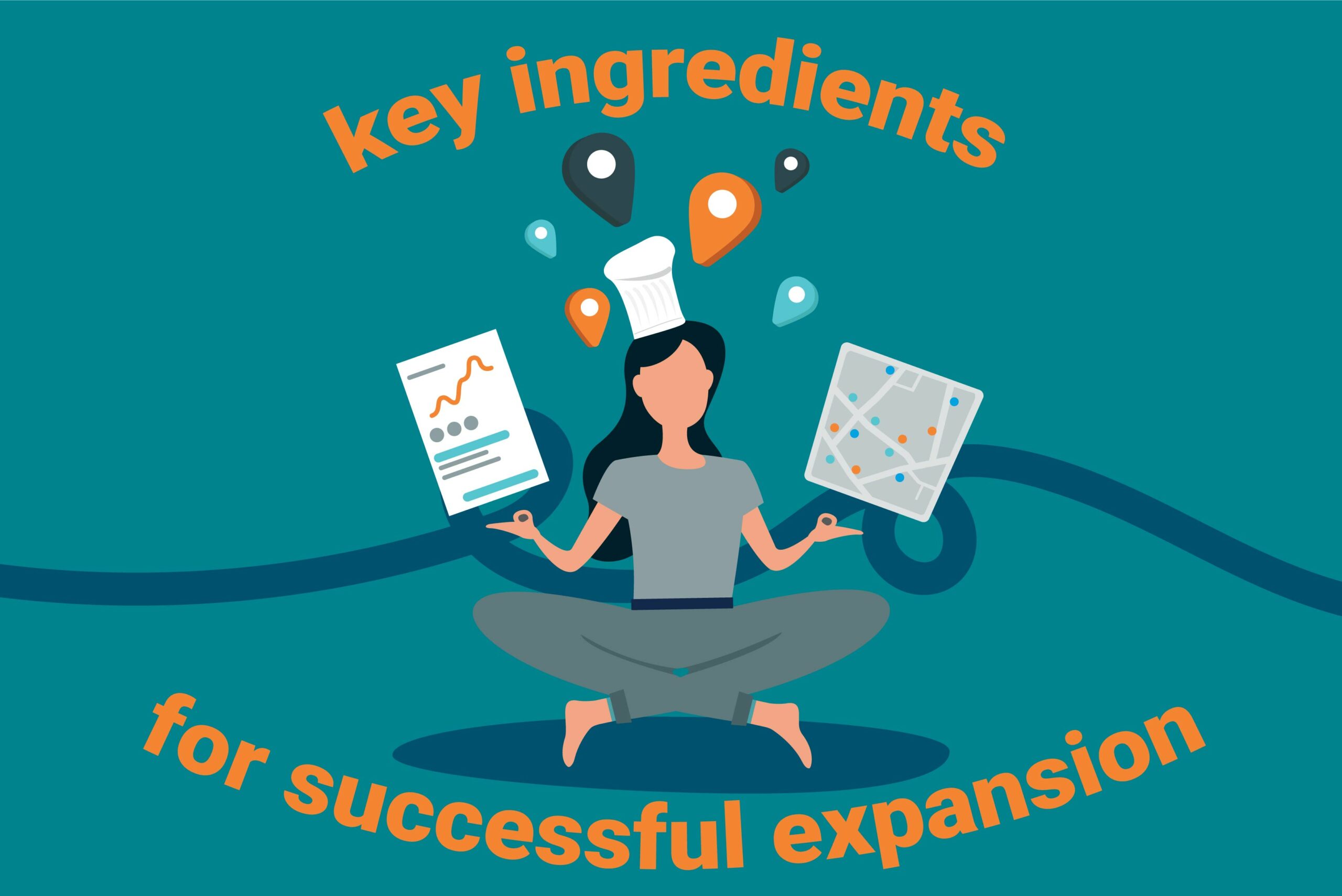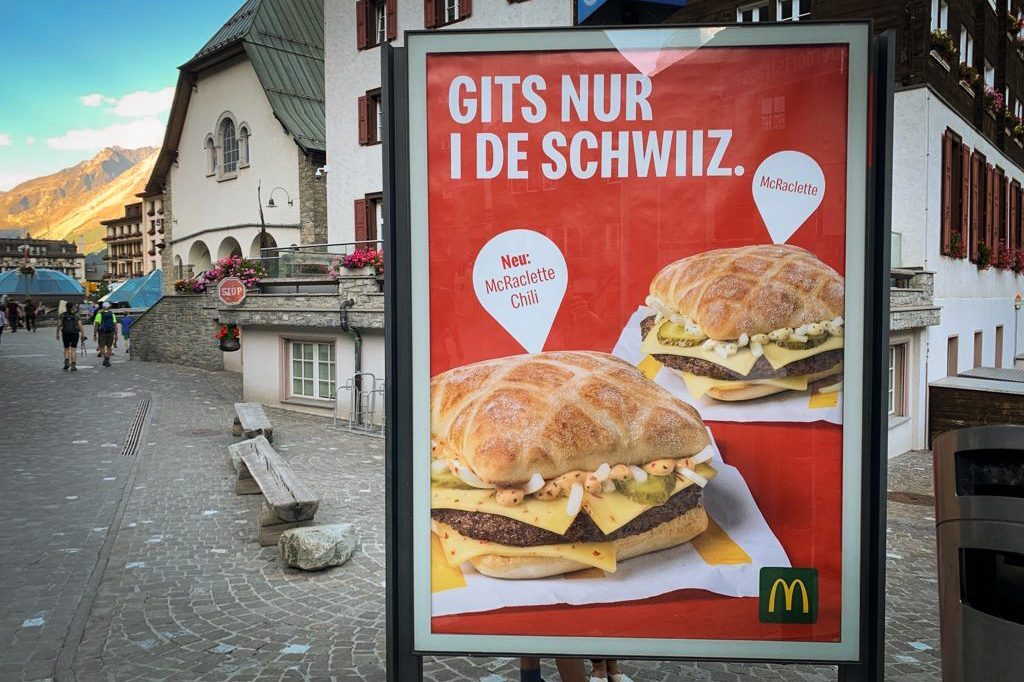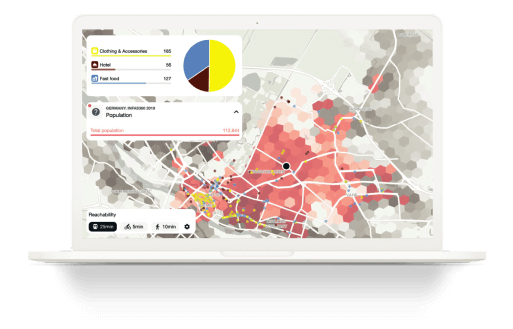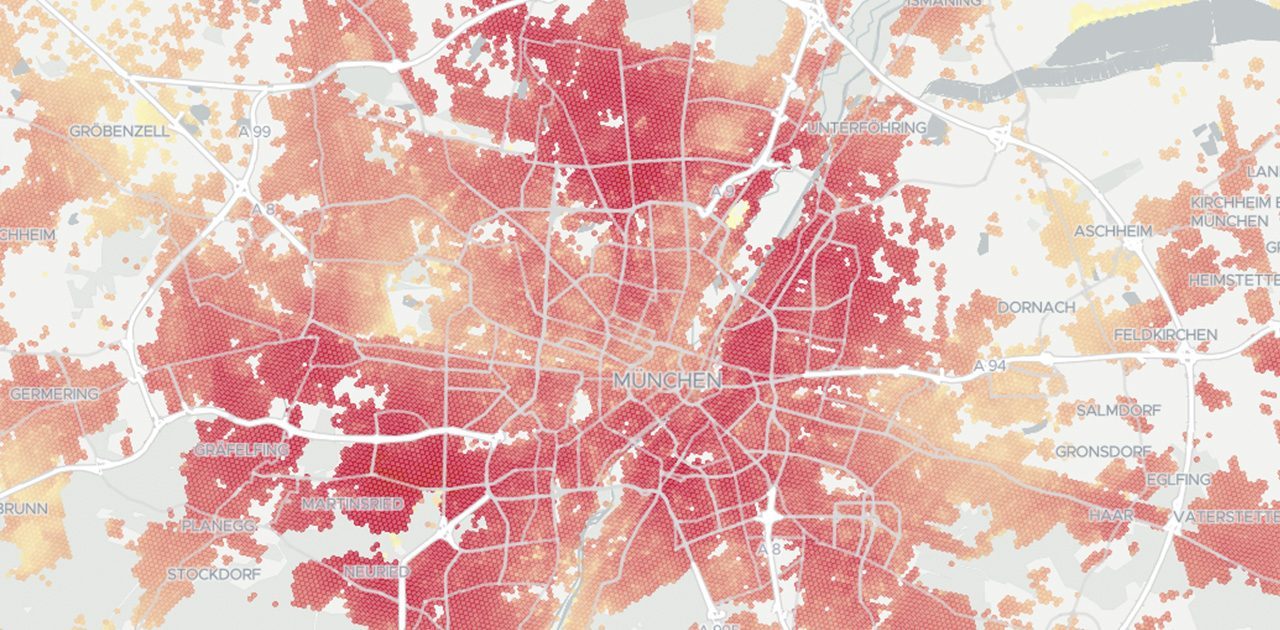
Adding one or more stores to their current network is a common way for business to expand their physical network. In this article, we’re looking at what brick-and-mortar businesses should pay attention to when looking for the perfect location of their new store or restaurant. Eventually, we will see how the latest innovative solutions are giving retailers greater insights at the click of a button.
While it might be tempting to just follow the gut instinct when it comes to planning a new retail store business, there’s a lot more that can be considered to guarantee success. From competitor analysis to catchment area data, leveraging everything at their disposal will help expansion managers make informed decisions and enable them to get under the skin of a neighbourhood to understand if it’s the right location or not. Here are the top tips for smarter retail expansion.
Think local
When planning the next retail store business, it might be important to inject a local flavour. Creating exact duplicates of the original store is great for branding. But especially if it comes to international expansion, you might need to connect with local shoppers’ habits and cultures. It’s why McDonalds, for instance, caters its menu according to local tastes – fancy a slice of Malaysia’s Cookies & Cream Pie, or to chow down on Switzerland’s McRaclette Burger?
The same logic might also explain why Starbucks, the biggest coffee chain in the world, failed to make an impact on the coffee-obsessed Australian market. Its blend was too sweet for cultured locals who were brought up on espresso from Italian and Greek immigrants and the company was forced to close 70% of its stores in 2018. Starbucks is slowly making a comeback in the country, aiming its wares at tourists, but it learnt the hard way that doing your research is key.

McDonald’s is showing how global brands adapt locally: The burger giant not only convinces the Swiss with a special McRaclette burger, but also advertising text in Swiss dialect (which translates as: “Only available in Switzerland”).
Data, data and a bit more data
It’s a fact of life that some locations do better than others, but when armed with the right insights, expansion managers can make a more informed choice from their desk, saving them the agony and expense of trial by error. If you’re a restaurant, for example, you’ll really want to drill into the foot traffic data: Is this area busy during the day and evening? Will there be lunch and dinner customers walking past? Are there good public transport options and car parking nearby?
It is important to discover if a site is attractive by analysing how many potential customers can reach a location in a reasonable amount of time according to how they travel there. Also the area’s key points of interest are essential and whether it, and they, are a good fit with the brand and product. The more data available, the better and sooner informed decisions can be made about whether the area is a good fit for the intended purpose.
But finding the right data isn’t an easy feat either. Public data about the area may be unavailable, coming from untrusted sources, or fragmented by different sources (as an example, Germany has 16 official sources of public data). Although some businesses may need data scientists, you will want to choose a tool that can pull the data you need from trusted sources and integrate it with the data you already own.
Know your audience
Once you’ve discovered everything there is to know about the area through location data, it’s equally important to get to know your potential customers. This means that you should learn more about the demographics of the area and see if this aligns with your target customer research. What did you learn about the audience of your existing shop that you can implement to improve the performance at the new location? Is your target audience likely to visit your new location? What competing businesses is your audience visiting in the area of your new shop? These, and more, are all the questions you need to answer before committing to a new location.
Let tech do the hard work
But collecting data about the location and about your audience is not going to be enough to make an informed decision. You will have to clean, organise, prioritise, and analyse the data at hand. In other words, you will have to put the data to use.
A tool such as the TargomoLOOP integrates numerous data variables such as demographics, purchasing power and foot traffic from trusted sources. Then sophisticated algorithms calculate what demand you can expect for a specific location and the entire branch network, and whether your stores may be cannibalise each other. You can even marry our location intelligence with your own business data to uncover correlations. You can try out different scenarios and instantly see which options are best for your next retail business.
Interested to learn more about the analytics platform TarogmoLOOP? Request a demo and free trial.




Comments